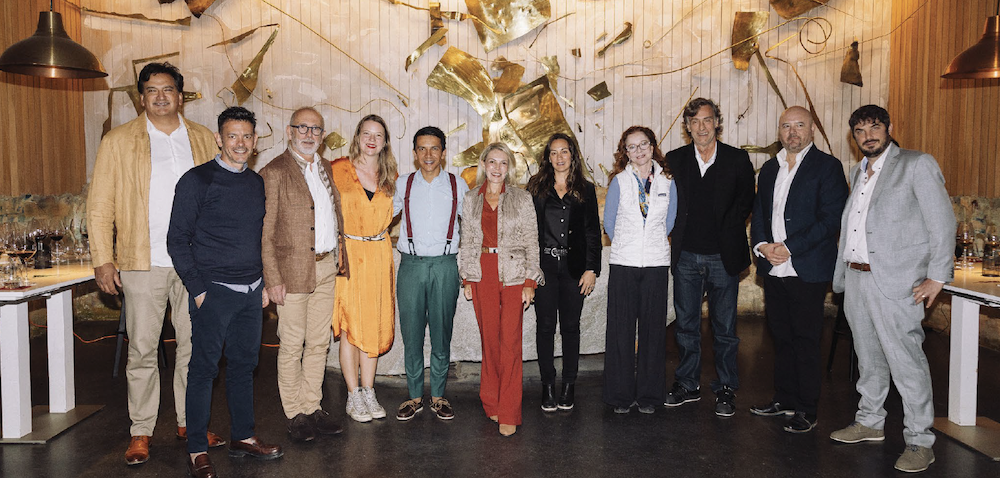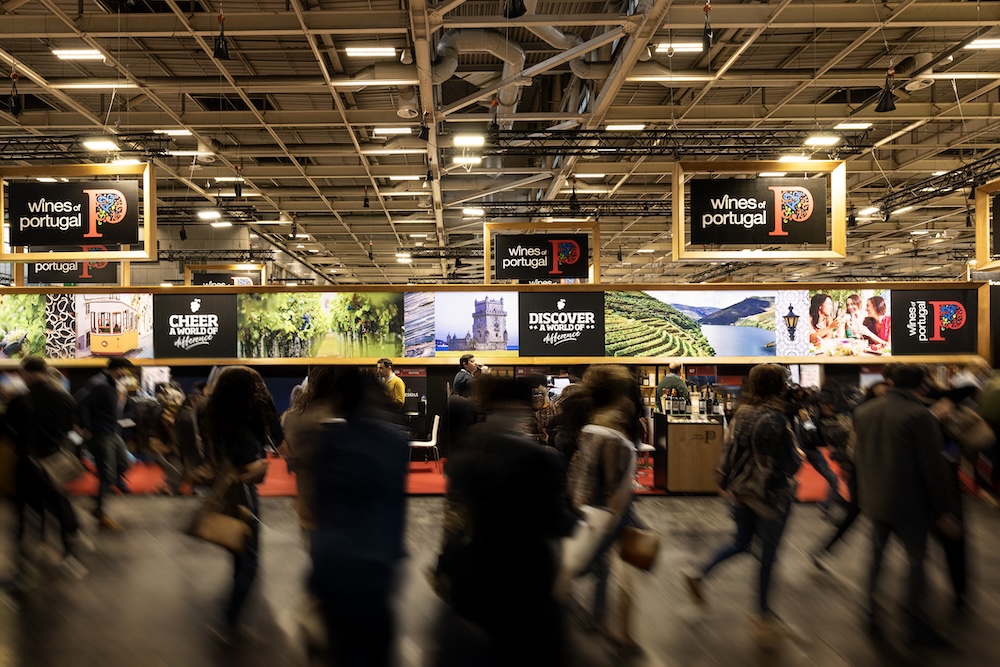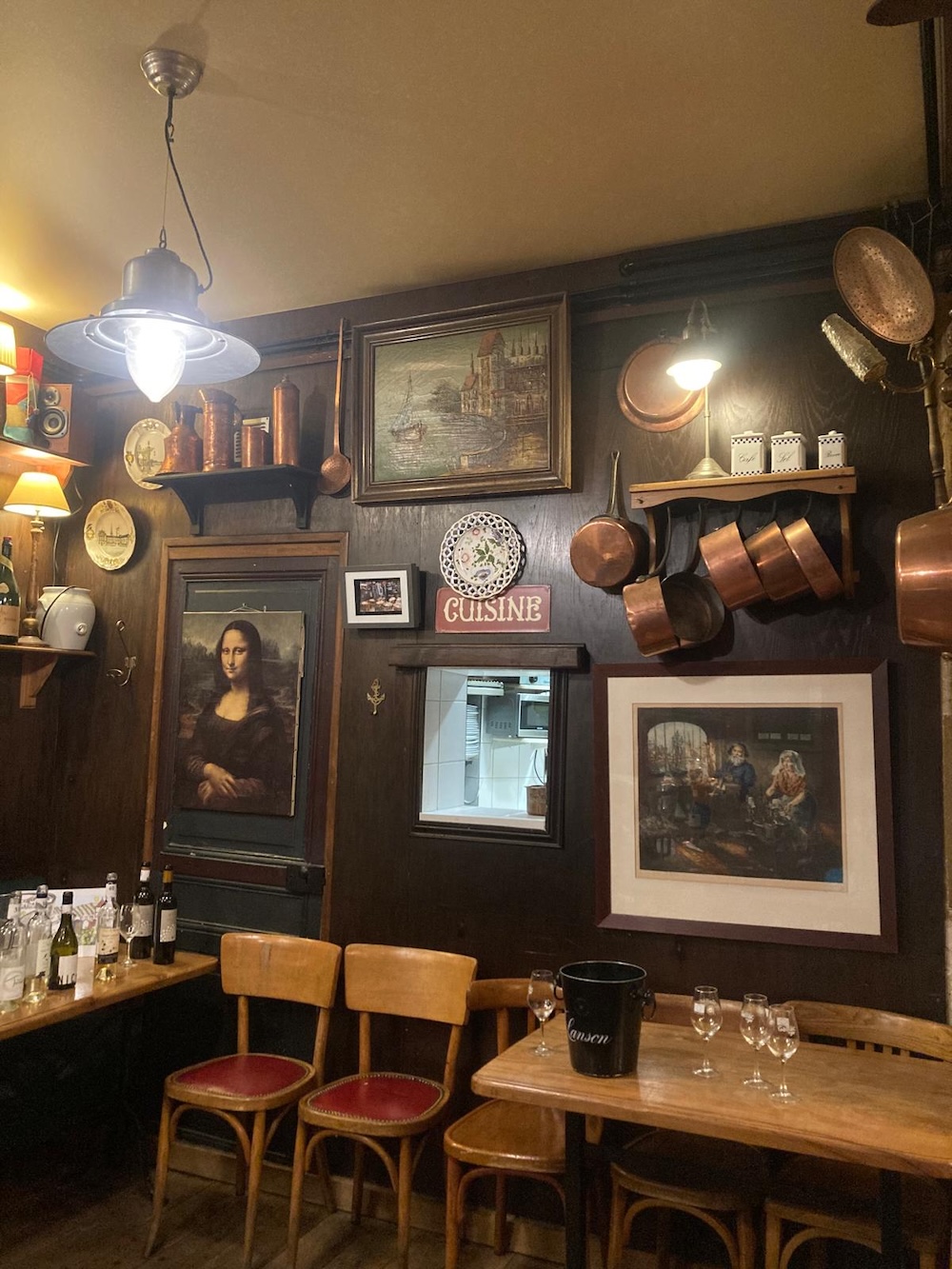
Discovery

Discovery
By Matthias Neske – Photographs: courtesy of the estates, posted on 17 October 2022
So far in 2022, Germany is experiencing the hottest and, above all, driest summer since weather records began. Weeks without any rain, forest fires, historically low river levels and shallow-rooted plants withered - all the result of 40 days at over 30°C. Under these conditions, it seems a little cynical to call Germany a possible ‘winner of global warming’. But climate is a long-term matter, and many people – German winegrowers included – quickly forget that only a year ago, in early summer 2021, they had complained about fungal pressure in the vineyards caused by high rainfall and humidity.
So what has made German viticulture special over the last 20 years? Has there been a transformation from cool to ideal conditions for winegrowing? How have preferences for grape varieties changed? Five German wineries and their wines offer some answers to these questions.

Winegrowing has been practised in Germany for at least 2,000 years. For a long time situated on the northern border of winegrowing, the climatic situation shaped both the choice of cultivation areas and legal regulations. Viticulture in Germany has always involved a struggle to achieve ripeness, which is why the most famous sites are steep and south-facing, to absorb as much sunlight and warmth as possible. This is also why the German Prädikatswein system of the 20th century was solely based on the sugar content of the grapes. The riper, i.e. the higher the sugar content of the must, the better the quality of the wine.
Perhaps it is no coincidence that in an era of global warming, the new German wine law has taken a turn in its philosophy – moving away from the dictates of grape ripeness and towards the Burgundian pyramid of terroir qualities with regional, village and single vineyard wines.
Germany has 13 wine regions, mainly in the south-west of the country, among which Rheinhessen and the Palatinate have the largest vineyard acreage. With 103,000 ha under vine, the country ranks 14th worldwide, but has seen its area increase by 8.4% in the last 30 years. The most widely grown grape varieties are Riesling (stable acreage), Pinot Noir (significantly increasing) and Müller-Thurgau (significantly decreasing). Two thirds of the grape varieties remain white, while the red wine boom of the 2000s has weakened a little in recent years. The biggest winners over the last two decades are Pinot Blanc and Pinot Gris, both of which have doubled their area under vine.
What isn‘t yet strongly reflected in the statistics are experiments with ‘southern’ grape varieties, which are primarily evident among red grapes. Thanks to global warming, Merlot has now statistically reached 20th position (790 ha country-wide), and Cabernet-Sauvignon 22nd. Steep-slope projects, co-financed by the government, have seen grape varieties such as Nero d'Avola and Tannat be put into the ground. German Syrah, too, has entered the winegrowing world with some remarkable examples. Another trend is that of newly propagated fungus-resistant grape varieties (hybrids) which are also gaining considerable traction.
By contrast, grape varieties such as Müller-Thurgau, Kerner and Bacchus, which made Germany the world record-holder in terms of yield per hectare, have finally lost ground. The varieties were not only notorious mass producers, they were also marked by thin skins and early ripening. As the mercury soars (and customers become more demanding), none of these characteristics are particularly advantageous.
When referring to the effects of global warming on German viticulture, it is helpful to first look at the corresponding data – in this case using the example of the Franconian wine metropolis of Würzburg.

The diagram clearly shows that you can actually distinguish between two periods in the development of temperatures. From the Second World War until about 1987, there was no increase in annual mean temperatures at all. Only by the end of the 1980s did a noticeable rise begin. Since then, it has become almost 2°C warmer on average per year. It sometimes seems that people often don‘t realise that these 2°C are not limited to a one-time event. In fact (and in simple terms), it means 2°C more every day and every night, which is a dramatic amount. Moreover, the rising temperatures apply to every single month of the year. July and August, when the grapes ripen, show a particularly strong increase.
Does this also mean that it has become drier in Germany? Currently, this does not tally up with the numbers. Only April and June show significant declines. In midsummer, on the other hand, there is just as much rainfall as there was in the 1950s. However, weather periods in general, and thus also dry spells, are becoming longer and longer.
Above all, one thing has changed and it is connected with the rise in temperatures: higher air temperatures mean higher absorption capacity of moisture. Only when the air is saturated with water does rainfall start, in summer more and more frequently as heavy rain. The soil cannot absorb these floods quickly and the water is dissipated and ultimately hardly benefits the plants. So although the amount of precipitation has remained virtually unchanged, the effects of a thunderstorm versus steady rain are highly different.

After the ‘lean’ wine years of the 1960s and 1970s, ripeness (with the exception of 2010, the only ‘cold’ year of the 21st century) is rarely a problem for German winegrowing anymore. This does not only apply to the micro-climatically favoured locations, but to practically the entire country. It is no wonder that many regional winegrowing associations see Germany as a winner of global warming.
Apart from climate, other factors have contributed to the enormous quality upswing in German winegrowing over the last two decades.
One is the Geisenheim University of Applied Sciences in the Rheingau, a training institution where almost all young winemakers from ambitious wineries meet. This has ensured that the latest scientific findings in viticulture and oenology, boosted by international exchanges, have found their way into Germany's top wine estates. The choice of high-quality grape varieties (especially Riesling and Pinot Noir), yield reduction, harvesting of healthy fruit, wild ferments, ageing in traditional wooden barrels and a more hands-off approach to winemaking – these are all aspects of the new generation’s toolbox.
Additionally, an increasing proportion of wine enthusiasts are prepared to pay more for high-quality products – and that is no mean revolution in notoriously stingy Germany.
All in all, it is fair to say that there have never been as many good wines in Germany as there are at the moment.

The Ruppertsberg co-operative was established in 1911, merging with that of Hoheburg in 1968. Today, 86 member winegrowers farm a total 400 hectares of vines in Ruppertsberg and can draw on a storied terroir. Excavations suggest that the Romans were already growing vines at the intersection of two roads near Ruppertsberg. The winery can even boast a top vineyard site, embodied by Ruppertsberger Reiterpfad. Geologically, the uplift of the strata at the edge of the Rhine Graben brought shell limestone in a strongly dissolved form to the surface, while sandstone dominates the subsoil.
The most important grape variety - as in the Palatinate as a whole - is Riesling, but the Ruppertsberg varietal portfolio is broad. It includes white as well as red varieties and ranges from sweet whites in litre bottles to high-quality examples of Riesling, Chardonnay and Pinot Noir. Due to its felicitous historical and climatic location, the Rieslings often show ripe apricot fruit as a counterpoint to the minerality of the soil.

The Schönlaub winery is located in Gleiszellen in Southern Palatinate. What may seem like a regional marginalia has not inconsiderable significance in Germany's second largest wine region. Wines, wine tradition and terroir have a character that clearly differs from the more northerly sub-region of ‘Mittelhaardt’. The winery itself has existed for 250 years, but it was not until 1949 that the Schönlaubs decided to bottle the wines themselves instead of selling them in barrels. In 2007, the estate established its own quality system, which awards the wines between one and three stars. This also involves specific measures such as sizeable yield reduction and hand harvesting in the three-star category called ‘Fingerprint’.
60% of the Schönlaub family's wines are white which, conversely, means quite a high proportion of red wines. These include, for example, the Sankt Laurent (an old Palatine-Austrian grape variety) from the ‘Fingerprint’ series, whose current vintage is actually 2012. A traditional speciality in the Southern Palatinate is also the Muskateller (aka Muscat blanc à petits grains), Alsace after all, lurks just around the corner.

To the west of Frankfurt lies the Rheingau, perhaps Germany's most important wine region historically – although in terms of acreage it only ranks 8th. Here, Riesling is the uncrowned king with 78% of area under vine, followed by the famous Spätburgunder – aka Pinot noir – from Assmannshausen. These two grape varieties make up the majority of the Mohr winery's ten hectares. Located in the far west beyond the Rhine bend, Jochen Neher and his wife Saynur have been farming their certified vineyards organically for almost a decade. On slopes like the Assmannshäuser Höllenberg in particular, with a gradient of up to 70%, this approach implies a lot of manual work. The yields are low and the vines up to 80 years old – the Mohr winery is an uncompromising quality grower.
In the municipal areas of Lorch and Assmannshausen vines grow on various slate formations interspersed with quartzite veins. Not a single square metre is flat here. The Nehers produce a Großes Gewächs Riesling from each of the Lorch vineyards Krone, Schlossberg and Bodental-Steinberg. While the Höllenberg is traditionally reserved for Pinot Noir, there is also an orange wine made from Pinot Blanc in addition to a high-quality sparkler.


With the organically certified Studier Winery from Ellerstadt, a third winery from the Palatinate has added its wines to our list. Ellerstadt is located in the Northern Palatinate, where Reinhard Studier's team grows its vines on the soils along the plain. Historically, these were the ‘lesser’ sites because they had neither the barren minerality nor the steep southern exposure of other vineyards. An exception is the Kirchenstück with its sandy loess loam which is able to produce remarkable wines. In addition is the issue of whether more compact soils like loess that dry out less quickly might be a more promising option in the future.
When labelling its lines, the Studier winery plays with its name, which literally means ‘study’! The Bachelor line features the simpler wines and the Master line the higher quality examples. Finally, there is the # line with experimental wines, where winemaker Aleksandra Frank plays with elements such as maceration time, concrete eggs or large barrels.


The Mosel region, which is steeped in tradition and gifted with spectacular scenery, is represented by the Einig-Zenzen estate. Incidentally, Zenzen has nothing to do with ‘Zen’, but is simply the name of the owner's family (pronounced: tsenn-tsenn). As is not uncommon in the Mosel, brothers Peter-Josef and Heinz-Rudolf Zenzen are the 13th generation of winegrowers since 1636 to have been at the helm. A decisive twist in the history was the decision, made almost 80 years ago, to primarily operate as a wine merchant (négociant-éleveur). As early as 1971, the company no longer limited itself to local wines, but also began importing wines from Australia – far ahead of future trends – and nine years later from Chile.
With new tanks and a bag-in-box filling line, the company has always been at the cutting edge. Recently, however, a new direction was taken. In 2019, the Zenzen family leased the historic Kloster Ebernach vineyard in Cochem on the other bank of the Mosel. In this way, in addition to internationally-focused wines such as Merlot from Rheinhessen or Sauvignon Blanc from South Africa, the Zenzens also produce classic Mosel Rieslings from their own vineyards. The 8 ha of the Ebernach monastery are almost exclusively planted with Riesling, including the monopoles Bischofsstuhl and Sonnenberg. The resultant semi-dry and sweet Rieslings encapsulate a large chunk of German wine history.

For a long time, Germany was on the northern border of viticulture. This meant that optimal grape ripening was not guaranteed every year and certainly not in all locations. Global warming has virtually wiped away this challenge, especially in the last 20 years. An annual average temperature increase of 2°C means smooth ripening and a harvest well before the vagaries of autumn weather rear their head.
This victory, though, does have strings attached. Riesling and (for the last two decades) Spätburgunder are the two grape varieties that produce the highest quality German wines. The hallmark German style has always been characterised by particularly delicate wines showing lots of elegance and low alcohol content. These typical cool climate character traits have been highly prized recently by progressive sommeliers. However, when grapes become increasingly ripe, winegrowers have to cope with this natural change.
Vineyard management techniques, such as permanent ground cover, lower foliage or a move to higher locations may help in this respect. Nevertheless, preserving cool climate characteristics remains a challenge, especially in the top vineyards with their even hotter microclimates.
In the next few years, it will be crucial for German winegrowers to keep their ear to the ground and continue to share ideas. The easier part of global warming for German winegrowing has occurred over the last 20 years. The next phase is now beginning.

Discovery

Discovery

Discovery